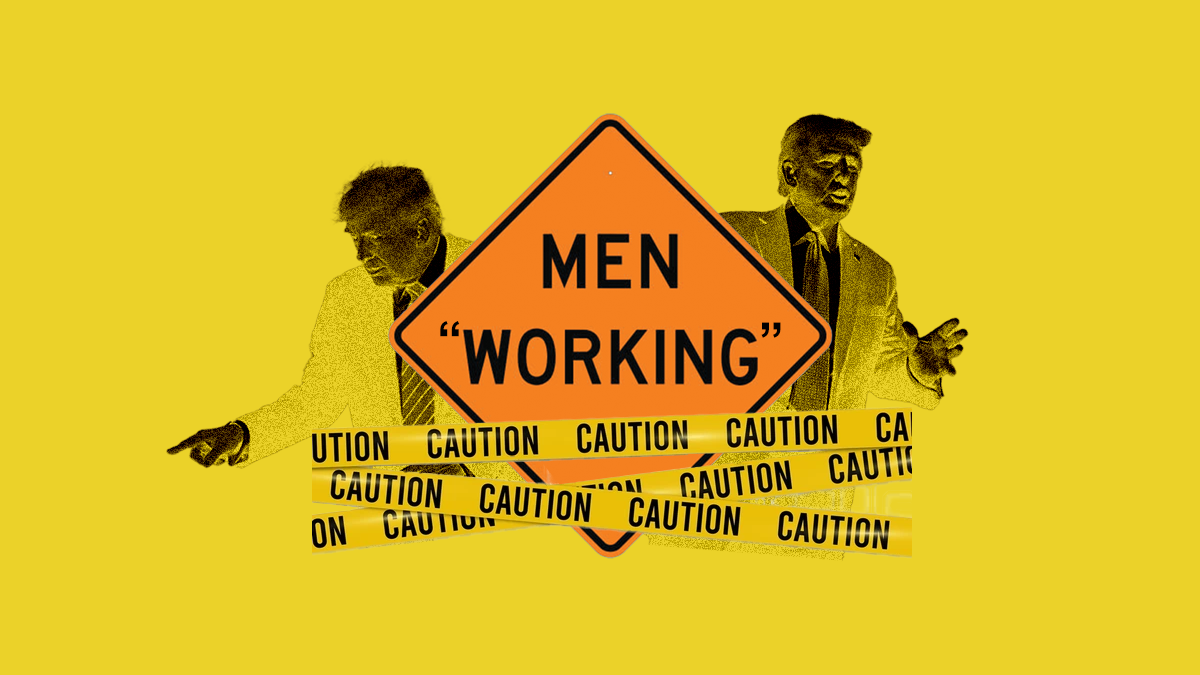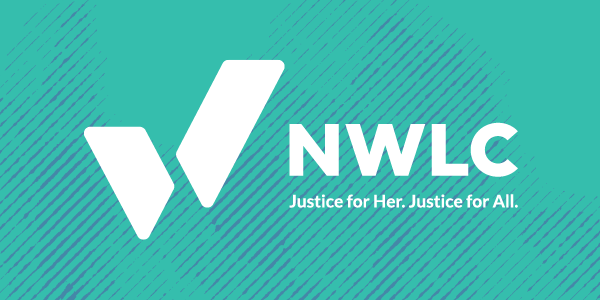Why the Inflation Reduction Act Matters for Gender and Racial Equity

For every $1 of wealth owned by a single white man… single Black women and Latinas own 9 cents.
9 cents.
That glaring gap is due, in part, to America’s outdated tax code.
We’ve said for years that tax justice is gender justice. Our tax code can either exacerbate existing inequalities or mitigate them. Because how and who we choose to tax reflects our values and is crucial to funding investments that benefit us all.
This summer, the Biden administration passed the Inflation Reduction Act (IRA).
And for all its missed opportunities, the IRA still takes important steps forward for women, families, and all of us:
- Corporate taxes
Hugely profitable companies have made the rich richer, while also managing to reduce their federal income tax bills to miniscule amounts (and sometimes, even zero).
In 2021, at 300 publicly listed U.S. companies known for low wages, average CEO pay was $10.6 million… while median worker pay was $23,968.
Years of corporate tax cuts and loopholes have helped widen this staggering inequality. And despite their promises, corporations have not used tax savings to invest in workers, including the women and women of color who face wage gaps and are overrepresented in low-paid jobs.
That’s where the IRA’s new tax comes in. If companies have made more than $1 billion in profits over the past three years, they’ll now have to pay at least 15% of their publicly reported profits in taxes.
- Stock buybacks
Another way wealthy corporations avoid taxes?
Corporate stock buybacks. A.k.a. when companies return excess money to their (very wealthy and overwhelmingly white) shareholders, instead of giving their workers a raise… all the while avoiding taxes.
The IRA’s new 1% tax on those buybacks raises federal revenue and makes the tax code more equitable—helping to ensure the wealthy and white aren’t getting favorable treatment.
- Increased funding for the Internal Revenue Service (IRS)
The top 1% of our country owes us over $160 billion in annual taxes.
That’s… a lot of money. So much money that it’s hard to visualize what it could tangibly do for families—which is why we’ve created this handy tool.
But the question still remains: Why haven’t the wealthy paid what they owe?
Well, the IRS is significantly underfunded. I mean, they’re still using a computer system from the 1970s.
The IRS doesn’t have sufficient staffing or funding to go after wealthy taxpayers who misreport their income. Meanwhile, they continue to audit low-income taxpayers because those audits can be done by mail, with majority Black rural counties in the Deep South getting hit the hardest.
Underfunding has also meant that fewer staff are on call to assist people having issues with their tax refunds, stimulus payments, and monthly child tax credit payments.
The IRA increases IRS funding so they can hire more staff to help those people, and more experts to collect taxes from the wealthy.
- Lower health insurance premiums and prescription drug costs
Accessible healthcare is an issue of racial and gender justice.
In 2020, Black and Latinx women and girls were more likely to be uninsured than their white, non-Hispanic counterparts. Lack of affordability contributes to these rates of uninsurance. The IRA is extending the Affordable Care Act’s (ACA) enhanced subsidies for an additional three years—saving an estimated 2 million people from losing coverage.
Women also face significant health costs as they age, particularly Black, Native American, and Latinx women, who are more than twice as likely as older white, non-Hispanic women to live in poverty. The IRA will reduce prescription drug prices and limit out-of-pocket costs for Medicare enrollees, so fewer women will be forced to deny themselves care.
- Clean energy investments
We’ve said it before, and we’ll say it again: Environmental issues are women’s issues. That’s because women and girls often bear the brunt of climate change.
The IRA will lower energy costs, which would relieve economic pressure on women of color and women more generally.
The IRA also includes $60 billion for environmental justice initiatives, sending much-needed funds to communities long exposed to high pollution levels, which tend to be low-income communities or communities of color.
We welcome these policies. And we demand more.
We’re amidst an uneven recovery from a devastating pandemic. Overwhelmed by rising costs. Skyrocketing rents. And rollbacks of essential healthcare, including abortion.
The good news is that, with the IRA, Congress has made some meaningful investments in women’s lives and increased equity in our tax code.
But the IRA is not enough.
Women and families need more robust public investments in our care infrastructure—including child care, paid leave, and home and community-based services.
Our government needs to keep meaningfully investing in women and families—and keep taxing the patriarchy.
We’ll be here to make sure they do.





